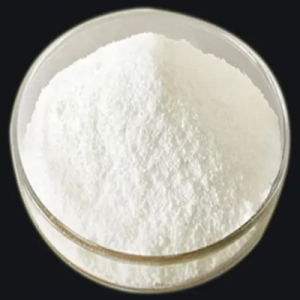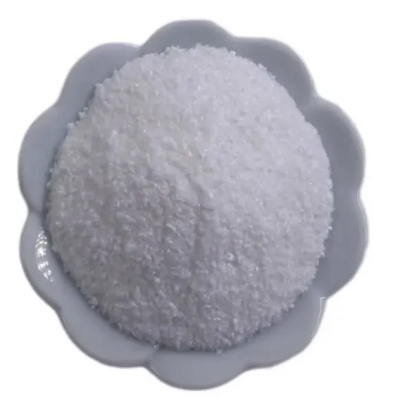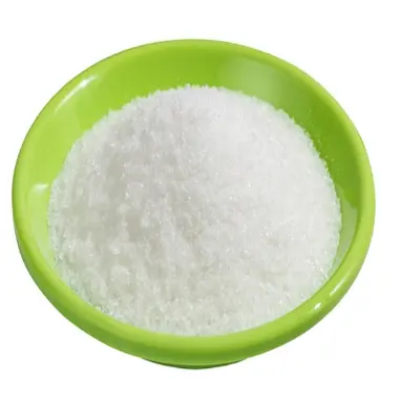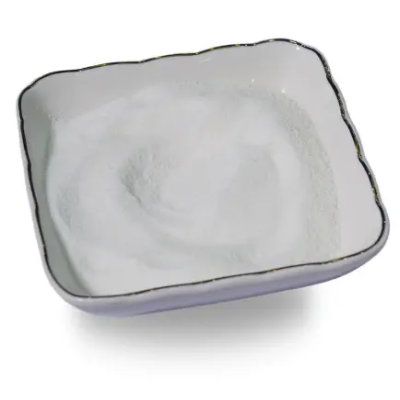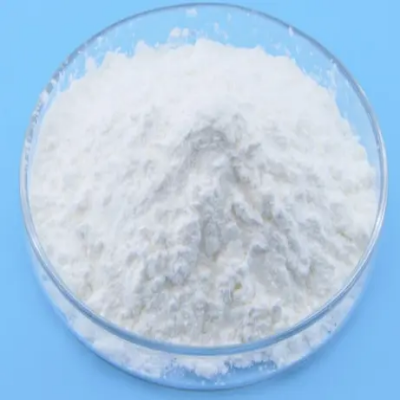Palladium (II) Acetate CAS:3375-31-3
Palladium (II) Acetate, Pd(OAc)2, is widely employed as a catalyst in several important chemical transformations. One of its primary uses is in cross-coupling reactions, such as the Suzuki-Miyaura and Heck reactions, which allow the formation of carbon-carbon bonds between different organic molecules. These reactions are vital tools in the synthesis of pharmaceuticals, agrochemicals, and advanced materials. Furthermore, Palladium (II) Acetate plays a key role in the oxidation of alcohols to aldehydes or ketones, using various oxidants such as molecular oxygen or tert-butyl hydroperoxide. This process, known as aerobic oxidation, offers an environmentally friendly alternative to traditional methods, as it eliminates the need for hazardous reagents like chromium-based compounds. The compound is also utilized in the preparation of vinyl acetate monomer, which is a precursor for polyvinyl acetate and other copolymers. Palladium (II) Acetate acts as a catalyst in the production of vinyl acetate by reacting ethylene with acetic acid. This reaction plays a crucial role in the manufacturing of adhesives, coatings, and textiles. Moreover, Palladium (II) Acetate finds applications in the synthesis of heterocyclic compounds, such as pyridines and furans, through cyclocarbonylation reactions. These reactions involve the insertion of carbon monoxide into C-H bonds, resulting in the formation of complex ring structures. Such compounds have diverse applications in pharmaceuticals, dyes, and materials science. In addition to its synthetic utility, Palladium (II) Acetate is also employed as a precursor for palladium nanoparticles and thin films. These nanostructures find applications in catalysis, sensors, fuel cells, and electronics due to their high surface area and unique properties. Overall, Palladium (II) Acetate serves as an indispensable catalyst in a wide range of organic transformations, including cross-coupling reactions, aerobic oxidations, cyclocarbonylations, and nanoparticle synthesis. Its versatility and reactivity make it a valuable tool for researchers and chemists in various industries, contributing to the development of innovative products and processes.






| Composition | Pd(OAc)2 |
| Assay | 99% |
| Appearance | white powder |
| CAS No. | 3375-31-3 |
| Packing | Small and bulk |
| Shelf Life | 2 years |
| Storage | Store in cool and dry area |
| Certification | ISO. |



